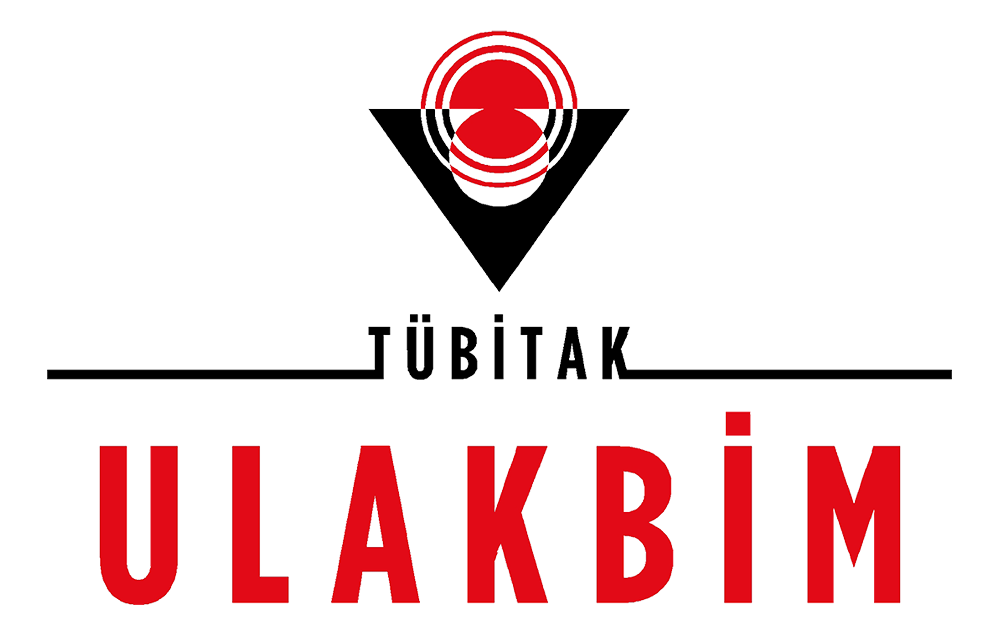
Bu eser Creative Commons Alıntı-GayriTicari-Türetilemez 4.0 Uluslararası Lisansı ile lisanslanmıştır.
Evaluation of Mechanical, Biocompatibility and Cytotoxicity of Different Monolithic Hybrid and Zirconia-Added Ceramics
Bahta Sena Emre, Handan YılmazGazi University, Faculty of Dentistry, Department of Prosthodontics, AnkaraToday advances in CAD/CAM technology have enabled the production of indirect monolithic restoration materials and increased their use in prosthodontics. CAD/CAM-formed materials that can be used monolithically include composites, feldspathic glass ceramics, leucite crystals glass ceramics, glass ceramics reinforced with lithium disilicate crystals, lithium disilicate ceramics doped with zirconia, hybrid ceramics, and zirconia. The mechanical and physical properties of restorative materials must be biocompatible with the oral environment and free of toxic substances that may cause harmful local effects or systemic reactions. Some of the expected properties of dental materials include aesthetics, ease of use, long clinical lifespan, durability, and biocompatibility. Cytotoxic substances can cause harmful tissue reactions ranging from postoperative sensitivity to irreversible pulp damage in both the short and long term. These materials should be tested in vivo or in vitro before use. This article aims to present the results of the mechanical and biological studies of monolithic hybrid and zirconia-doped ceramic materials and the biocompatibility and cytotoxicity values obtained in the materials.
Keywords: Prosthodontics, hybrid ceramic, glass ceramic, biocompatibility, cytotoxicity
Farklı Monolitik Hibrit ve Zirkonya Katkılı Seramiklerin Mekanik, Biyouyumluluk ve Sitotoksitite Değerlendirmesi
Bahta Sena Emre, Handan YılmazGazi Üniversitesi, Diş Hekimliği Fakültesi, Protetik Diş Tedavisi Anabilim Dalı, Ankara, Türkiye.Günümüz CAD/CAM teknolojisinde indirekt monolitik restorasyon materyallerinin üretimi arttırılmış ve protetik diş hekimliğinde kullanımı sağlanmıştır. Monolitik olarak kullanılan CAD/CAM ile şekillendirilen materyaller; kompozit, feldspatik cam seramik, lösit kristal cam seramikler ve lityum disilikat kristalleri ile güçlendirilen cam seramikler, zirkonya katkılı lityum disilikat seramik, hibrit seramik ve zirkonya gelmektedir. Restoratif materyallerin mekanik ve fiziksel özellikleri, ağız ortamında biyouyumlu olmalı, zararlı lokal etkilere veya sistemik reaksiyona neden olabilecek toksik maddeler içermemelidir. Dental materyallerin sahip olması beklenen bazı özellikleri; estetik, kullanımı kolay, klinik ömrü uzun, dayanıklı ve biyouyumlu olmasıdır. Sitotoksik maddeler, postoperatif hassasiyetten geri dönüşümsüz pulpa hasarına kadar uzanan kısa ve uzun vadeli zararlı doku reaksiyonlarına neden olabilir. Bu nedenle dental materyallerin kullanımından önce in vivo veya in vitro olarak test edilmesi gerekmektedir. Bu makalenin amacı, monolitik hibrit ve zirkonya katkılı seramik materyallerine uygulanan mekanik ve biyolojik özellik çalışmalarının sonuçlarına ait bulguların ve materyallerden elde edilen biyouyumluluk ve sitotoksititeye ait değerlerinin incelenerek sunulmasıdır.
Anahtar Kelimeler: Protez, hibrit seramik, cam seramik, biyouyumluluk, sitotoksitite
Manuscript Language: English










